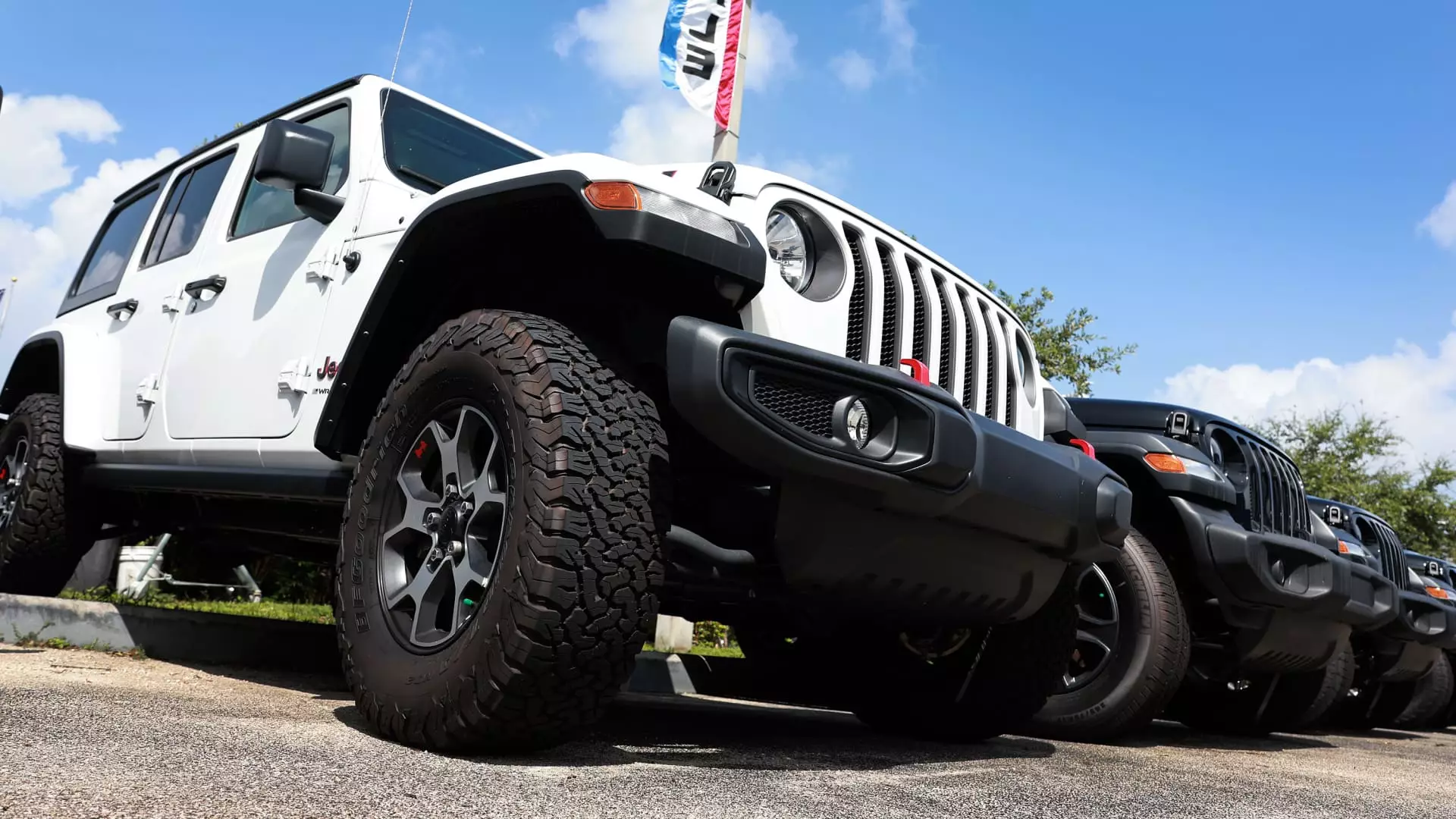Challenges in the Current U.S. Auto Market: A Comprehensive Analysis

The U.S. automotive landscape for the third quarter of 2023 reveals significant challenges shaped by economic instability, political factors, and ongoing inflationary pressures. Sales are projected to decrease by approximately 2% compared to the same quarter last year, translating to around 3.9 million vehicles sold. Industry experts, including analysts from Cox Automotive and Edmunds, offer a cautious outlook for the remainder of the year, emphasizing that these trends reflect a broader struggle for consumers amidst high interest rates and vehicle prices. The anticipated decline of around 5% from the previous quarter raises concerns about the sustainability of the market’s recovery and growth trajectory.
The Federal Reserve’s recent interest rate cut has sparked some optimism among economists. However, industry professionals caution that such measures may not immediately lead to a rebound in auto sales. Affordability continues to be a predominant barrier, constraining the purchasing power of many would-be car buyers. With average financing for new vehicles soaring to $40,000, as indicated by Jessica Caldwell from Edmunds, the harsh reality is that a significant portion of the population finds the new vehicle market increasingly inaccessible.
In fact, the notion of vehicle affordability encapsulates a dual challenge; not only are prices high, but consumers are also grappling with elevated costs of living, which have compounded the issue. Many are forced to delay vehicle purchases or seek alternatives, illustrating the current economic environment’s profound impact on consumer behavior in the auto sector.
Forecasters predict a challenging path ahead for the fourth quarter of 2024. Cox and Edmunds projects U.S. light-duty vehicle sales will reach about 15.7 million units in 2024. While this figure reflects a marginal increase compared to previous years, it is noteworthy that Cox has revised its initial forecast down from 16 million units, revealing a cautious perspective on the market’s recovery potential. Furthermore, the insights from Cox’s senior economist, Charlie Chesbrough, indicate that similar economic volatility is likely to persist. This continued uncertainty underscores the necessity for automakers to be agile and responsive to shifting consumer demands and market conditions.
Among the major players in the automotive sector, not all manufacturers are experiencing the same level of hardship. Ford and Honda are anticipated to report sales growth for the third quarter, providing a contrast to the struggles faced by others like Stellantis, Toyota, and BMW. Stellantis, in particular, is forecasted to see a staggering decline of 21%, reflecting a strategic shift by CEO Carlos Tavares focused on pricing and profitability over market share expansion. This pivot could indicate a significant shift in company strategy, signifying a break from aggressive volume strategies often seen in the past.
The disparity in sales performance indicates that some brands may be successfully aligning their product offerings and marketing strategies to current consumer preferences, while others are faltering amidst shifting dynamics. As a result, it’s essential for manufacturers to leverage market intelligence to adapt to consumer preferences effectively.
In contrast to traditional vehicle sales, the electric vehicle (EV) sector continues to show growth, albeit at a slower pace than many industry participants had expected. An estimated 8% increase in EV sales for the third quarter suggests a sustained interest in electric options; however, leading EV manufacturer Tesla is projected to experience a decline of approximately 2.4% in sales for the same period. This marks a potential turning point, as Tesla’s market share could fall below 50% for the second consecutive quarter—a significant shift for a brand synonymous with electric innovation.
Incentives play a crucial role in driving EV sales, with the average incentive now representing 13.3% of EV transaction prices, compared to traditional vehicles that see much lower levels of support. This strategic push through governmental incentives, including a federal credit of up to $7,500, is essential for making EVs more appealing to budget-conscious buyers. Unfortunately, the qualification criteria for these incentives vary, potentially limiting their impact on expanding the customer base for EVs.
The current state of the U.S. auto market is characterized by an intricate interplay of economic factors, market volatility, and shifting consumer priorities. As manufacturers recalibrate their approaches to accommodate these trends, the importance of adaptability and innovation cannot be overstated. Electric vehicles may represent the future, but overcoming the broader economic challenges will be key to revitalizing the auto market as a whole. Those companies that successfully navigate these circumstances, tailoring their strategies to address affordability and consumer demand, are likely to come out stronger in the evolving automotive landscape.





